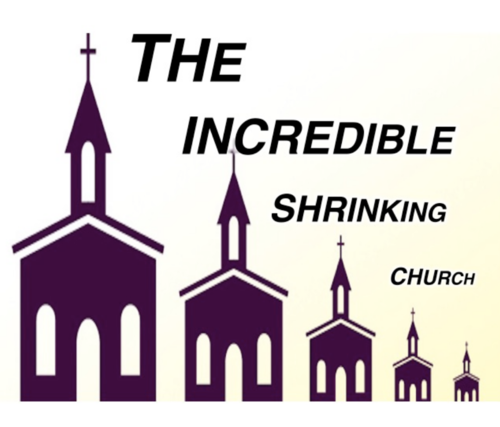Not that long ago, National Public Radio came to my backyard. The headline on the resulting GetReligion post summed up what happened: “NPR comes to hills of Tennessee and sees exactly the religion trends that you would expect.”
This was another one of those post-coronavirus pieces that talked about the challenges to the mainline churches that are dear to the heart of spiritual seekers in prestigious newsrooms. The NPR team headed straight to progressive East Tennessee churches — many already in decline — in which the pews are full of people who have NPR as the main pre-set on their car radios.
The result was valid, but so, so, so incomplete. As I wrote at the time:
It’s absolutely true that there are declining churches here in the mountains of East Tennessee, especially during COVID-tide. That’s an important story. The problem is that there are also growing churches in the region (yes, including my own Orthodox parish, which has grown at least 25% in the past three years) and that’s a detail that makes this story more complex.
Well, I am happy (sort of) to note that NPR journalists have now discovered (or rediscovered) two major trends that began back in the 1970s and, maybe, they see some new connections. The headline on this feature: “Megachurches are getting even bigger as churches close across the country.”
The two old trends: (1) Megachurches are real and growing and (2) much of this is linked to the stunning growth of nondenominational evangelical and charismatic Protestantism in American life (and around the world).
I will stress, once again, that this is a valid story. I am less convinced that this is somehow linked to life after the COVID-wave, although it is certainly important that entrepreneurial megachurches were already wired for online worship, while most denominational churches were not.
Anyway, here is the long overture, which includes several themes:
Something clicked for Marlena Bhame when she first stepped into Liquid Church about four years ago. She'd been searching for something more spiritually dynamic and meaningful than the faith tradition she'd grown up in, or the various others she had tried out over the years.










